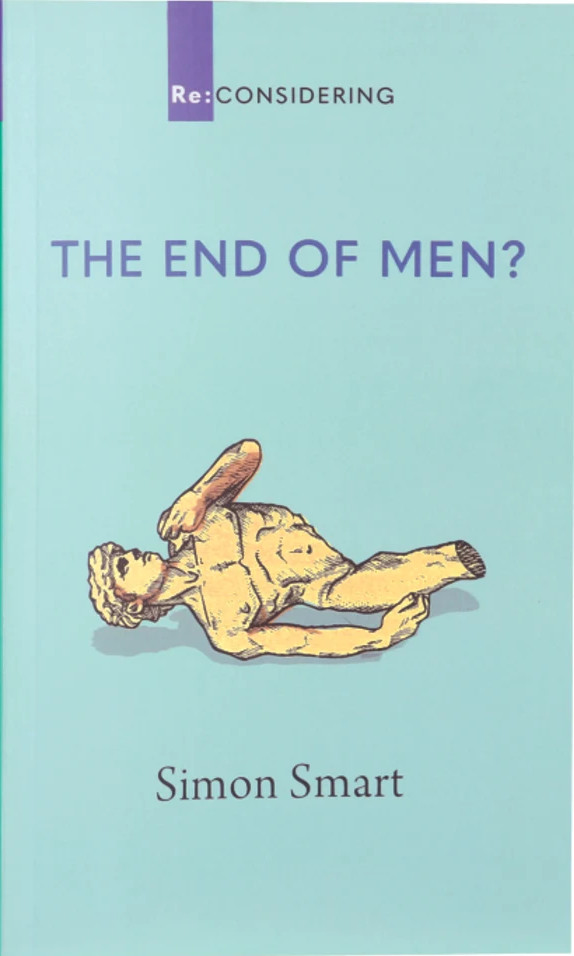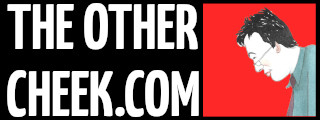When author and podcaster Hanna Rosin wrote her “The End of Men” book, based on an Atlantic magazine cover story, it was an instant hit and quickly hailed as a feminist landmark. Her thesis was contained in the subtitle: “the rise of women.”
“In 2009, for the first time in American history, the balance of the workforce tipped toward women, who continue to occupy around half of the nation’s jobs,” Rosin wrote back in 2012. “(The UK and several other countries reached tipping point a year later.) Women worldwide dominate colleges and professional schools on every continent except Africa. In the United States, for every two men who will receive a BA this year, for example, three women will do the same. Of the fifteen jobs categories projected to grow the most in the United States over the next decade, twelve are occupied primarily by women. Indeed, the US economy is becoming a kind of traveling sisterhood.”
So when Simon Smart from the Centre for Public Christianity steps into this space with his book, he has the good sense to add a question mark to the title: The End of Men?
He starts by reminiscing about growing up in a country town.
“Looking back, I now know that I was immersed in an environment that was unrelentingly racist, misogynist, homophobic and anti-intellectual. The picture of masculinity that I absorbed was narrow, monocultured and cruel.
“And I loved it.”
To his positive memories – he loved sport – he has to acknowledge many were damaged.
He has an anecdote of young Aussie men on a Gallopilli pilgrimage. On that bus was a group of young Australian men … They were large, intimidating and aggressive. Boisterous, rude and patronising to the locals, they quickly mistook me for an ally and proceeded to loudly boast of exploits that were at best anti-social and, in some cases, pretty much criminal.
“I put on earphones and pretended not to be able to hear their vile stories of intimidating and mistreating anyone unfortunate enough to be in their path.There was a violence to their talk and an unmistakable sexual aggressiveness.”
And then there’s the stats. His stats might go further in eroding confidence in men than even Rosin’s did, as evidence that there is such a thing as toxic masculinity has mounted. “A study released in 2021 found that if a woman earns more than her male partner, her chances of being a victim of domestic violence increase by 35%.” Smart reports, citing a Shane Wright report in the SMH.
Smart cities education stats show that the patterns Rosin (who Smart quotes) identified persist a decade later.
But in the rest of the book, Smart does not put on his earphones and ignores things as he did on the Gallipoli bus.
He describes both the undeniable toxic masculinity of Andrew Tate and the hopelessness of men trapped in historical stereotypical roles.
But there’s a trail of Australian author Steve Biddulph, who has been writing about manhood for several decades. In his 2019 book, The New Manhood, Biddulph reports change. ” Now men hug at airports, express grief and joy and can even say they love each other. These are welcome developments,” Smart notes.
But these are green shoots. There’s still chaos in many men’s lives, missing a Biddulph formula of affection (they matter), teaching (they understand their lives), and example (of how a good man feels and acts.)
Smart interviewed Andrew Fitzsimons, who is a long-time principal of Dapto High (South of Wollongong). “My rule of thumb is the mentor knows your birthday, and you know his or hers. So, you have someone who’s not your principal, not your boss, not your Mum or your Dad, somebody who is slightly to one side who is your advocate and cares about you.
Smart’s experience as a teacher tells him that there is something to Jordan Peterson’s advocacy of order and structure. Too many harsh rules breed resentment, but …
“I’ve also witnessed school communities where standards were very loose, where staff were concerned never to upset the children and where all power appeared to reside with the teenagers. In those cases, it seemed obvious to me that the kids were takling the adults for a ride. It was chaotic and unpleasant for anyone but the loudest, most obnoxious students present.”
A “dramatic moment of public discussion and teaching” ties the book together. Smart posits the model for future masculinity from an ancient wisdom – the Good Samaritan in Jesus’ parable. “Everyone recognises greatness in the act of sacrificial love.”

The End of Men?
(Re-Considering Series), Simon Smart, Acorn Press, 2024
Available from The Wandering Bookseller $9.99

